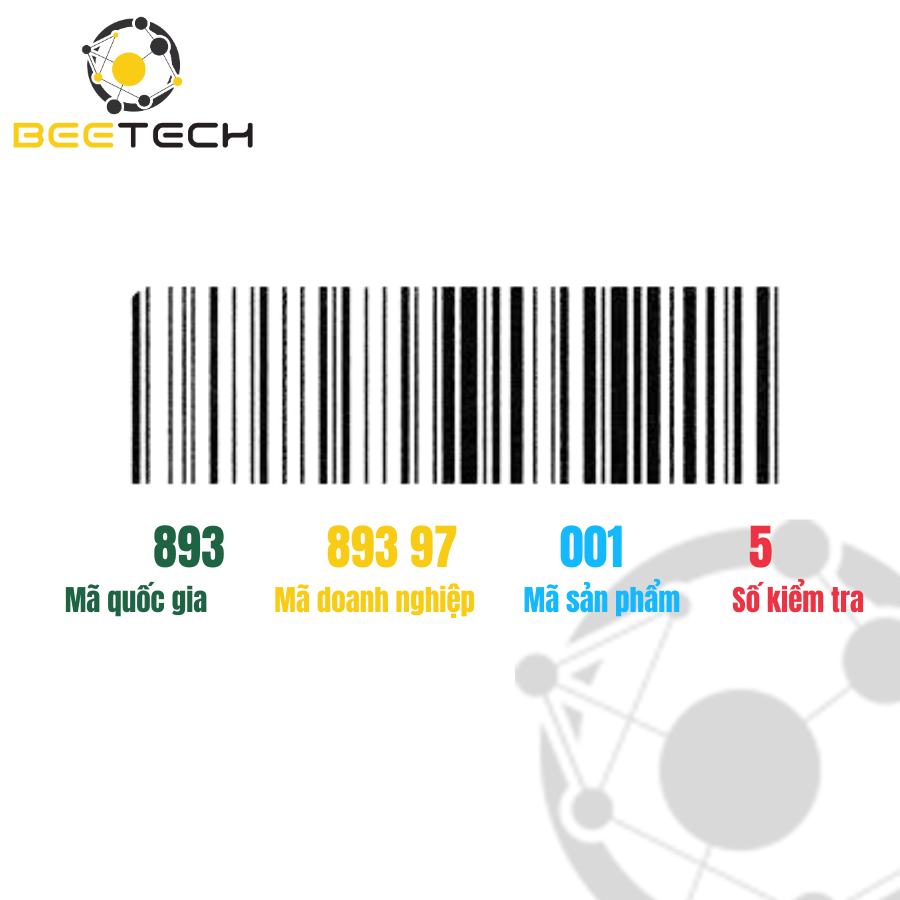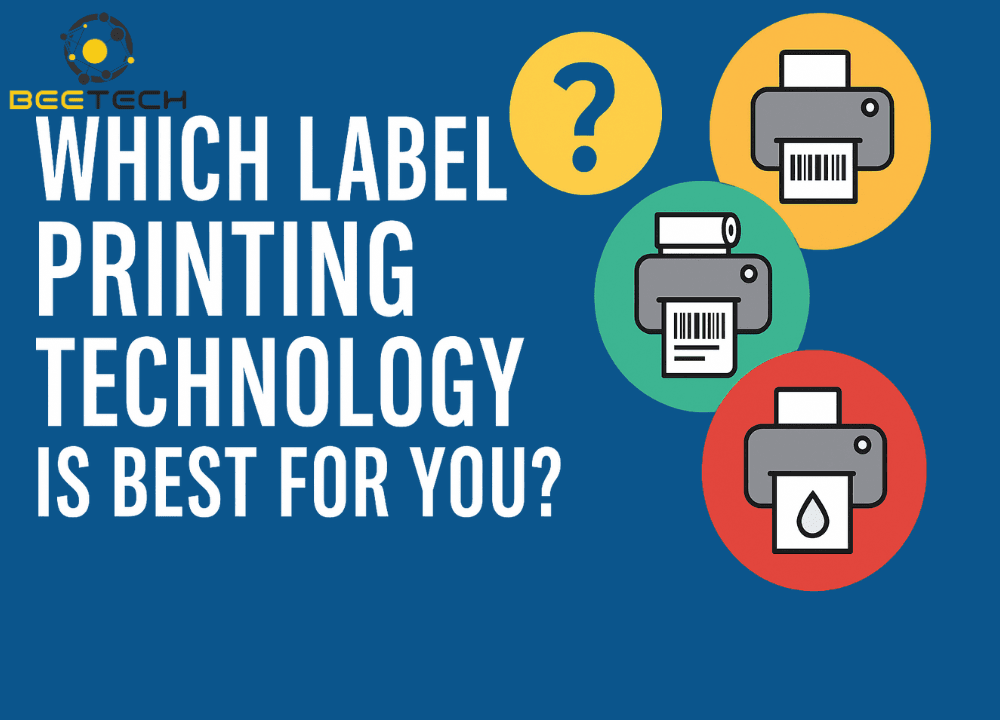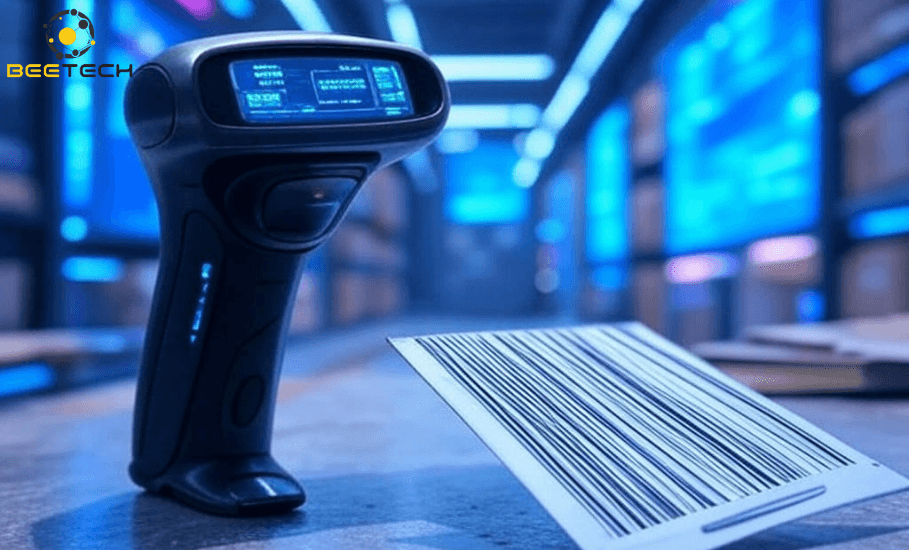80-82 Cao Duc Lan, District 2, HCMC, Vietnam
+84 76 865 6688
info@beetech.com.vn
+84 76 865 6688
About us
Contact us
80-82 Cao Duc Lan, District 2, HCMC, Vietnam
+84 76 865 6688
info@beetech.com.vn
+84 76 865 6688
About us
Contact us

What is GTIN? A comprehensive overview of global trade item numbers for businesses
In the era of e-commerce and global supply chains, the accurate and consistent identification of products is a mandatory requirement for every business. You can easily notice that any product in the supermarket, from a bottle of water, a box of cookies to a jar of cosmetics, all have a unique number and barcode to be scanned at checkout. Behind those seemingly simple numbers is GTIN – Global Trade Item Number, also known as the Global Trade Number.
What is GTIN? This is the “ID card” of a product, helping goods be uniquely identified worldwide. Without GTIN, products will find it very difficult to be accepted in supermarket systems, almost impossible to sell on major e-commerce platforms such as Amazon, Shopee, Lazada, and will also face major barriers when exporting.
GTIN (Global Trade Item Number) is an internationally standardized numeric string issued by the GS1 organization. GTIN is used to uniquely identify a product or service in the global supply chain. Each GTIN is unique and non-duplicated, ensuring that every product has a clear “identity.”
The important thing to understand: GTIN is not a barcode. GTIN is a number sequence, while a barcode (EAN, UPC, ITF-14, GS1 QR Code…) is only the representation of GTIN in a form that can be scanned by a scanner.
Example:
A 500ml bottle of water has its own GTIN.
A box of 24 bottles also has a different GTIN, even though it is the same product but at a different packaging level.
This allows supermarket, warehouse, and e-commerce systems to easily distinguish and manage different trade units.
GTIN is considered the “identity card” of a product:
One GTIN belongs to only one product.
Worldwide, two different products cannot share the same GTIN.
Thanks to this, from scanning codes at the POS (Point of Sale) counter to inventory management, international shipping, or online sales, GTIN plays a central role.

A GTIN usually has a length of 8, 12, 13, or 14 digits, depending on the type of code. But in general, the structure of a GTIN is based on four basic components:
These are the first digits in the GTIN, indicating the country where the company registered.
Example: 893 is the country code of Vietnam.
Note: This code is not the “place of manufacture” of the product, but only shows where the company registered its barcode.
Issued by GS1 to each company after registration.
Each company will have its own numeric sequence, non-duplicated.
Assigned by the company itself to each product/service.
Example: the same company, a 350ml water bottle and a 500ml water bottle will have different product codes.
This is the last digit of the GTIN.
It is calculated according to a GS1 standard formula to detect errors when entering or scanning the code.
Example: 893 850597 001 5
893 → Country code (893 = Vietnam).
850597 → Company prefix (issued by GS1).
001 → Product code (assigned by the company).
5 → Check digit (calculated automatically to avoid mistakes when entering).
Thanks to this strict structure, each GTIN ensures uniqueness and accuracy.
GTIN has many different forms, suitable for each application:
8 digits.
Often used for small-sized products with no space for long codes.
Example: small candy, mini lipstick, ballpoint pen.
12 digits.
Most popular in the US and Canada.
If you shop at Walmart, Target… you will see this type of code.
13 digits.
The most common format worldwide, especially in Europe and Asia.
In Vietnam, most supermarket products use GTIN-13.
14 digits.
Used for higher packaging levels: cartons, pallets.
Not used for direct retail but for logistics management.
| GTIN Type | Digits | Main Use | Example |
|---|---|---|---|
| GTIN-8 | 8 | Small products | Mini candy bar |
| GTIN-12 | 12 | North America (UPC) | Milk can at Walmart |
| GTIN-13 | 13 | Worldwide (EAN) | Soft drink in Vietnamese supermarkets |
| GTIN-14 | 14 | Logistics | Carton of 24 cans of soft drink |
One product can have many GTINs at different levels. Example:
A 500ml water bottle: GTIN-13.
A carton of 24 bottles: GTIN-14.
Having GTIN is not just an administrative procedure, but brings many practical benefits to businesses:
Each product has a unique number, avoiding confusion.
Whether the product is sold in the US, Japan, or Vietnam, just scanning GTIN identifies it immediately.
Major e-commerce platforms such as Amazon, eBay, Lazada, Shopee, Google Shopping require GTIN to list products.
Without a valid GTIN, the product may be rejected or removed from the system.
Having GTIN helps prove the product is genuine.
Customers, partners, and supermarkets trust more when importing goods.
Fast scanning, fewer errors.
Easy distinction between retail units, cartons, pallets.
When integrating GTIN with GS1 QR Code and Blockchain, consumers can look up product information from origin, production date to distributor.
Practical example:
A Vietnamese company wants to export fish sauce to Europe. Without GTIN, the importer cannot list the product in the retail system. With a GS1-standard GTIN, the product is accepted and easily scanned in supermarkets.
In Vietnam, the organization responsible for issuing GTIN is GS1 Vietnam, under the Directorate for Standards, Metrology and Quality (Ministry of Science & Technology).
Vietnam’s country code is 893. This means all products registered at GS1 Vietnam will begin with the sequence 893.
The company submits documents to GS1 Vietnam.
After approval, GS1 will issue a numeric sequence representing the company.
The company assigns numbers to each product, based on the prefix issued.
Each type of goods (size, capacity, flavor…) will require a separate code.
The last digit of GTIN.
There is a GS1 standard formula to ensure accuracy.
After having a valid GTIN, the company converts this sequence into a barcode image (EAN-13, UPC, ITF-14, GS1 DataMatrix…).
Print on packaging, product labels.
The cost of GTIN registration in Vietnam depends on the size of the business and the number of codes required.
The processing time is usually within a few working days.
Companies need to renew annually to maintain code validity.
GTIN is often confused with other codes. Below is a comparison for better understanding:
GTIN: International standard, globally unique, used to identify products in all systems.
SKU (Stock Keeping Unit): Internal code set by each business or retailer to manage inventory. Not international.
GTIN: Used for all types of products.
ISBN (International Standard Book Number): Code exclusively for books, also under GS1.
GTIN: Product identification number.
QR Code: Data encoding format (can contain GTIN, URL, product information).
GTIN: Each product has one unique global code.
Internal code: Only used within a supermarket system or retail chain.
Although GTIN is very popular, many businesses still make mistakes in the application process:
One product has only one GTIN. Duplicating causes system confusion and rejection on e-commerce platforms.
Many small businesses buy GTINs from unreliable third parties. Consequence: Amazon may suspend the account, products removed.
Company prefix is issued once, unchanged. Product code must be assigned separately for each type of goods.
If the company changes volume, flavor, or packaging but keeps the old GTIN, the system will misidentify, affecting logistics and retail.
GTIN is the key for Vietnamese products to reach global markets. It is not just a number on packaging, but a global identification system, helping products be accepted in supermarkets, e-commerce, logistics, and international supply chains.
Businesses with GTIN enjoy many advantages: from smoother sales, enhanced brand credibility, to expansion of export markets. Meanwhile, ignoring GTIN means limiting opportunities to access international customers and partners.
With more than 12 years of experience in the AutoID industry, Beetech is proud to be a leading provider of RFID solutions and smart devices in Vietnam.
Our team of experienced engineers will accompany businesses from consulting, implementation to full lifecycle support, ensuring RFID solutions always operate stably and deliver maximum value.
Let Beetech become your trusted partner in building an intelligent management system, helping businesses enhance competitiveness and go further in the digital era!
📧 Email: info@beetech.com.vn
🌐 Website: https://beetech.com.vn

See more products: Here.


How do barcodes work?
21/05/2025 09:52:52

6 things to know to successfully apply barcode technology to your business
19/05/2025 04:16:28

Barcode scanners help reduce shrinkage and increase inventory accuracy”
16/05/2025 04:21:10

Which Label Printing Technology Is Best for You?
16/05/2025 03:09:19

Comprehensive barcode solution: Optimize management, improve performance and digitally transform businesses
06/05/2025 03:50:33

Why can barcode scanners increase work efficiency?
05/05/2025 04:22:27